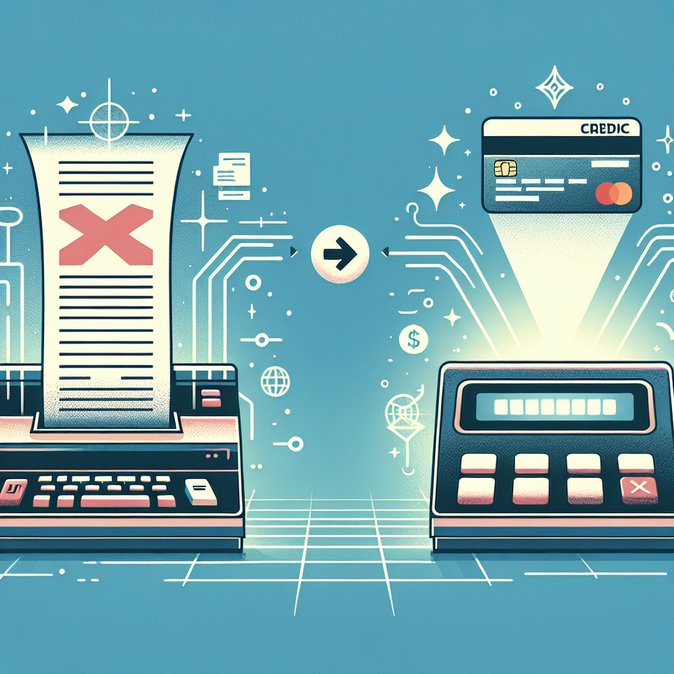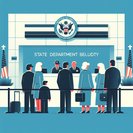
U.S. Citizenship and Immigration Services (USCIS) has flipped the switch on a long-anticipated modernization step: as of October 29, 2025, the agency will no longer accept paper checks or money orders for any application, petition or request that carries a filing fee. Applicants must now pay electronically—either by credit/debit card using Form G-1450 or by ACH direct-debit using the newly created Form G-1650. USCIS first signaled the move in an August policy alert, but yesterday it confirmed that October 28 was the final day on which paper payments would be honored. Applications sent today with a paper payment will be rejected and returned as “not filed,” meaning priority dates and legal status may be lost if deadlines expire.
The agency says e-payments will cut processing errors, speed file digitization and improve fee security. For employers and law firms that batch-file H-1B, L-1 or employment-based green-card cases, the change means new internal workflows: paralegals must now generate a unique G-1650 or G-1450 for every case and ensure the company’s finance team pre-approves transactions. Large corporate filers should also review bank daily ACH limits, which can delay submissions if not increased in advance.
Practically, the shift tightens the filing window for time-sensitive cases such as STEM OPT extensions or Adjustment of Status applications that must be post-marked by a certain date. Any courier delays combined with a rejected paper check could jeopardize lawful presence. Employers are advised to migrate to the myUSCIS online portal wherever possible; filings submitted electronically there already require online fee payment and avoid paper forms altogether.
For foreign nationals, the change is largely positive—refunds will process more quickly, and there is less risk of lost cashier’s checks. However, applicants without a U.S. bank account or credit card (for example, spouses on dependent visas) will now need to coordinate payment with an employer or attorney. USCIS has not yet announced a waiver process for individuals who are unbanked.
In the bigger picture, the move is another stepping-stone toward a fully digital immigration system. USCIS has digitized roughly 60 % of form types; observers expect the agency to mandate online filing for the most common employment categories within the next two years.
The agency says e-payments will cut processing errors, speed file digitization and improve fee security. For employers and law firms that batch-file H-1B, L-1 or employment-based green-card cases, the change means new internal workflows: paralegals must now generate a unique G-1650 or G-1450 for every case and ensure the company’s finance team pre-approves transactions. Large corporate filers should also review bank daily ACH limits, which can delay submissions if not increased in advance.
Practically, the shift tightens the filing window for time-sensitive cases such as STEM OPT extensions or Adjustment of Status applications that must be post-marked by a certain date. Any courier delays combined with a rejected paper check could jeopardize lawful presence. Employers are advised to migrate to the myUSCIS online portal wherever possible; filings submitted electronically there already require online fee payment and avoid paper forms altogether.
For foreign nationals, the change is largely positive—refunds will process more quickly, and there is less risk of lost cashier’s checks. However, applicants without a U.S. bank account or credit card (for example, spouses on dependent visas) will now need to coordinate payment with an employer or attorney. USCIS has not yet announced a waiver process for individuals who are unbanked.
In the bigger picture, the move is another stepping-stone toward a fully digital immigration system. USCIS has digitized roughly 60 % of form types; observers expect the agency to mandate online filing for the most common employment categories within the next two years.










